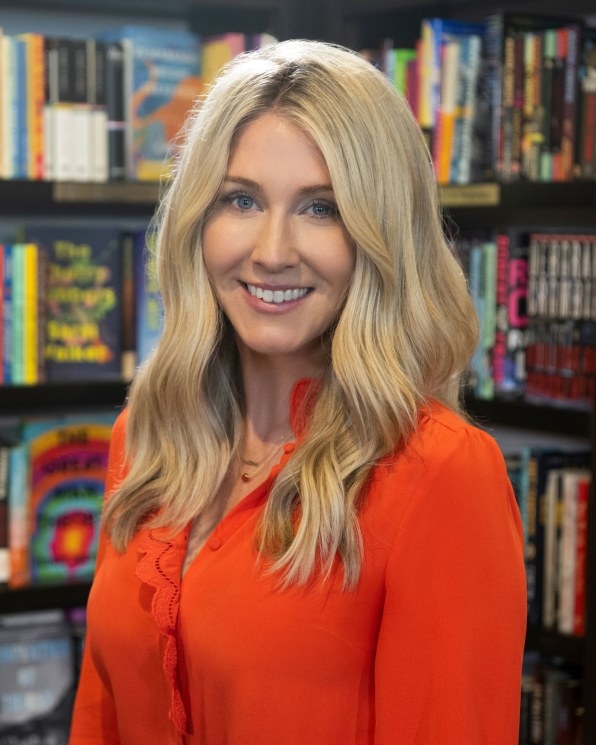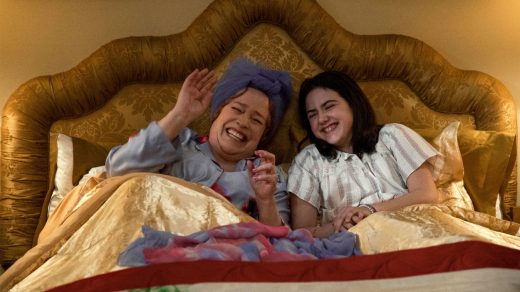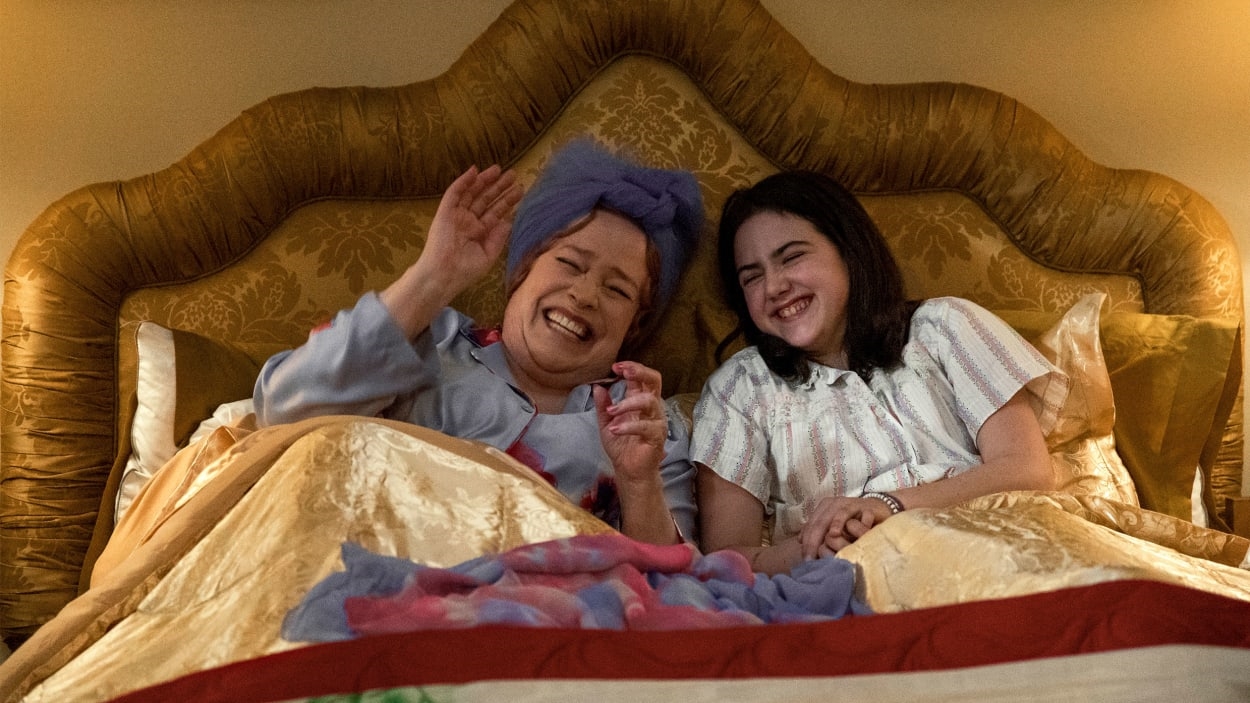‘Are You There God? It’s Me, Margaret’ director on bringing the ‘mess’ and ‘loneliness’ of girlhood to the big screen
Are You There God? It’s Me, Margaret by Judy Blume is one of the most iconic books of the past 50 years.
The book addresses female adolescence, spiritual confusion, and overall growing pains. Over the past few decades, the book has passed through the hands of many preteen girls who praise the honest depiction of girlhood. But it’s also had a consistent place on the list of banned books because of the frank nature in which Blume discusses sex and menstruation.
Director and writer Kelly Fremon Craig has long been a Blume fan and reached out to the author directly, asking if she’d consider adapting her seminal book to a film. “I wrote Judy a letter and just told her how much her work had influenced me and made me fall in love with reading,” Fremon Craig says. “When I read her book at 11, I fell immediately in love with her because she was writing about what it was really like to be a girl that age, like she got it.”

Blume clearly took Fremon Craig up on her offer as Are You There God? It’s Me, Margaret is hitting theaters today starring Rachel McAdams, Kathy Bates, and Abby Ryder Fortson as the titular character.
Fast Company spoke to Fremon Craig about Blume’s impact decades later and the importance of coming-of-age stories.
Fast Company: This is one of my favorite books about adolescence—and I know I’m not alone! But I’m curious to hear why you think people love Judy Blume and this book so much?
Kelly Fremon Craig: She told the truth and for whatever reason, at that age, it felt like the truth was in short supply, especially when it came to female adolescents [and] the complicated feelings around it. And so, I told her that I had just reread Margaret and I was so blown away by it. I was struck by the adult characters because I related to them now—I didn’t at all as a kid. And I also was so moved by Margaret’s spiritual search. She starts to ask these really big life questions. I found that search to be really profound. I got to the last page and it just made me sob. There’s something about her carving out her own sense of something greater beyond us. And not being quite sure of what she believes but continuing to search and having this hope that maybe there is something out there watching out for us.
FC: Why did you decide to stick to the original time period of the ’70s instead of setting it during modern times?
KFC: I wanted this to be a really faithful adaptation. It felt like it would be honoring the book in the best way. But I also felt that something could be gotten out of the fact that it was set in 1970. Because girls who are 12 today will watch it and realize this thing that I’m going through, my mom went through, and my grandma went through. There’s something about that that I think is really reassuring—that we’re all in it together.
FC: Judy Blume really focused on that preteen era where everything feels uncomfortable and awkward. I think preteens have been forgotten within the media. What are thoughts on making art for preteen girls to relate to?
KFC: I think that period of preadolescence was my most difficult. When you’re on that precipice of you’re not quite a child anymore and you’re not an adult, you’re in this weird phase where you don’t feel like you’re either, and it’s so full of uncertainty. I just remember feeling so awkward in my skin at that age. I didn’t like what my body was doing. I wasn’t a cute little kid anymore, but I wasn’t a woman. I actually feel like, in a lot of ways, reading Judy Blume felt like such a lifeline because it told me I was not the only one feeling that way. Loneliness is really easy to feel, especially at that age. When you’re going through something tough it’s really easy to feel like you’re the only person in the world struggling.
FC: You also directed another coming-of-age film, The Edge of Seventeen. What do you think is missing from the coming-of-age canon?
KFC: Personally, at that age I really needed books and films. I needed art that told me it was okay to be a mess. I needed art that somehow rendered how completely complicated it is to be an adolescent. Art that didn’t shy away from the messy details, the embarrassing details. I think it’s actually those details that give something a real intimacy. As a reader and a viewer, there was a sort of glossiness that overrode a lot of the films that I was watching at that age. It made me feel worse about myself. It just made me feel like, Oh, god, my life is not anything like that. So what’s wrong with me? Which is part of why I loved Judy Blume so much. She told the absolute truth about all of it and didn’t leave out the messy part.
FC: One of the interesting aspects in the film is how her conflict with faith coincides with her conflict with her body. The interfaith conversation isn’t as big now as it was back then. How were you thinking about these themes?
KFC: What really struck me about the book when I reread it as an adult is that the uncertainty of adolescence is what provokes those bigger life questions. Those two things dovetail perfectly, and it makes sense that when your body is changing and your friends are changing, it feels like the ground is shifting under your feet. That is when you start to ask these bigger life questions. That is when you start to wonder, Is anyone in charge? [Is] somebody watching out for you and making sure that you’re going to be okay? That was the age I started to ask those existential questions. And I still ask those questions. And I’m still on my own search in a lot of different ways. That’s part of what I love about [Margaret’s] journey. I love that searching she does throughout the film—and that you have a sense that she’ll continue to do after.
(23)



